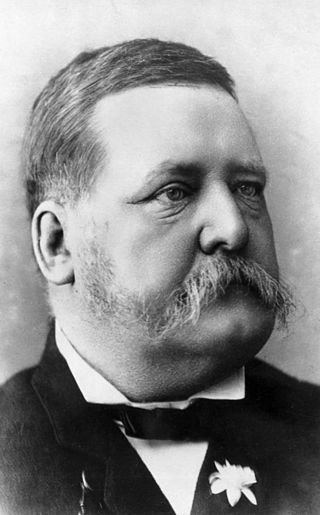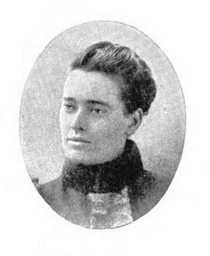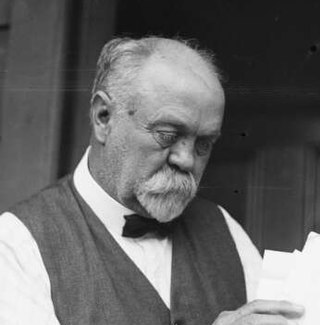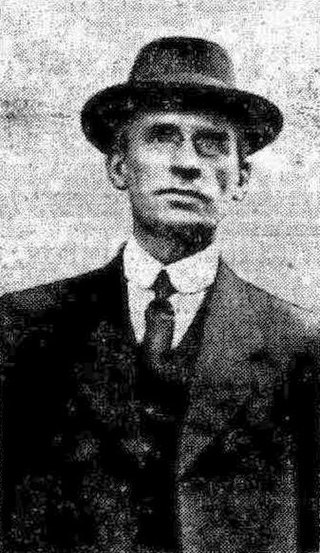Related Research Articles

The governor of Victoria is the representative of the monarch, currently King Charles III, in the Australian state of Victoria.

Joan à Beckett Weigall, Lady Lindsay was an Australian novelist, playwright, essayist, and visual artist. Trained in her youth as a painter, she published her first literary work in 1936 at age forty under a pseudonym, a satirical novel titled Through Darkest Pondelayo. Her second novel, Time Without Clocks, was published nearly thirty years later, and was a semi-autobiographical account of the early years of her marriage to artist Sir Daryl Lindsay.
The Woman's Christian Temperance Union (WCTU) is an international temperance organization. It was among the first organizations of women devoted to social reform with a program that "linked the religious and the secular through concerted and far-reaching reform strategies based on applied Christianity." It plays an influential role in the temperance movement. Originating among women in the United States Prohibition movement, the organization supported the 18th Amendment and was also influential in social reform issues that came to prominence in the progressive era.

Elizabeth Diane Cilento was an Australian actress. She is best known for her film roles in Tom Jones (1963), which earned her an Academy Award nomination, Hombre (1967) and The Wicker Man (1973). She also received a Tony Award nomination for her performance as Helen of Troy in the play Tiger at the Gates.

Catherine Helen Spence was a Scottish-born Australian author, teacher, journalist, politician, leading suffragist, and Georgist. Spence was also a minister of religion and social worker, and supporter of electoral proportional representation. In 1897 she became Australia's first female political candidate after standing (unsuccessfully) for the Federal Convention held in Adelaide. Called the "Greatest Australian Woman" by Miles Franklin and by the age of 80 dubbed the "Grand Old Woman of Australia", Spence was commemorated on the Australian five-dollar note issued for the Centenary of Federation of Australia.

Sir Thomas McIlwraith was for many years the dominant figure of colonial politics in Queensland. He was Premier of Queensland from 1879 to 1883, again in 1888, and for a third time in 1893. In common with most politicians of his era, McIlwraith was an influential businessman, who combined his parliamentary career with a prosperous involvement in the pastoral industry.

The Anderson Report is the colloquial name of the report of the Board of Inquiry into Scientology, an official inquiry into the Church of Scientology conducted for the State of Victoria, Australia. It was written by Kevin Victor Anderson QC and published in 1965. The report led to legislation attempting to ban Scientology in Victoria and similar legislation in several other States of Australia. No convictions were made under the legislation and Scientologists continued to practice their beliefs, although the headquarters was moved to South Australia. The legislation has been repealed in all States and subsequently Scientology was found to be a religion by the High Court of Australia.
Abel Hoadley was an English-born Australian businessman, confectioner, orchardist and manufacturer of jams and sauces, remembered today as establishing the company's that bear his name A. Hoadley and Company and the Hoadley Chocolate Company and inventing of the popular Australian chocolate honeycomb bar the Violet Crumble.
The following lists events that happened during 1886 in Australia.
Melbourne Girls GrammarSchool, is an independent, Anglican, day and boarding school for girls, located in South Yarra, an inner city suburb of Melbourne, Victoria, Australia.

Women's suffrage was an important political issue in the late-nineteenth-century New Zealand. In early colonial New Zealand, as in European societies, women were excluded from any involvement in politics. Public opinion began to change in the latter half of the nineteenth century and after years of effort by women's suffrage campaigners, led by Kate Sheppard, New Zealand became the first nation in the world in which all women had the right to vote in parliamentary elections.

Margaret Windeyer was an Australian librarian and feminist.
Dame Ada May Norris, DBE, CMG was an Australian women's rights activist and community worker. She founded the UNAA National Status of Women Network in 1974 and served as President of Australia's National Council of Women. In 1975 Norris headed the Australian International Women's Year Committee.

Walter Ernest Wearne was an Australian politician and member of the New South Wales Legislative Assembly from 1917 until 1930. He was initially elected as an Independent but subsequently formed the Progressive Party of which he was the leader until it split into urban and rural wings in 1921. His urban wing subsequently amalgamated with the Nationalist Party of which he was the deputy leader in the NSW Parliament.
Louisa Margaret Dunkley was an Australian telegraphist and labor organizer who successfully campaigned for the right for women to obtain equal pay for equal work in the Australian commonwealth public service.

The Romantic Story of Margaret Catchpole is a 1911 Australian silent film directed by Raymond Longford and starring Lottie Lyell. It is based on the true story of Margaret Catchpole, an adventurer and convict. Only the first 24 minutes of the 50-minute runtime survives today.

Thomas Walsh was an Irish-born Australian trade unionist.

Isabella Theresa "Belle" Golding was an Australian feminist, suffragist and labour activist. She was the first female inspector of public schools in Australia.

Margaret Graham was an Australian kindergarten teacher and radio presenter known for voicing the radio program Kindergarten of the Air.
The Confectionery Workers' Union of Australia (CWUA) was an Australian trade union which existed between 1925 and 1992. Until 1986, it was known as the Federated Confectioners' Association of Australia (FCA). Throughout its existence, it represented factory workers in the confectionery industry, including a high proportion of women. It was also notable for its involvement in the landmark Dollar Sweets Dispute.
References
- 1 2 3 Damousi, Joy, "Wearne, Margaret (1893–1967)", Australian Dictionary of Biography, Canberra: National Centre of Biography, Australian National University, retrieved 2023-09-17